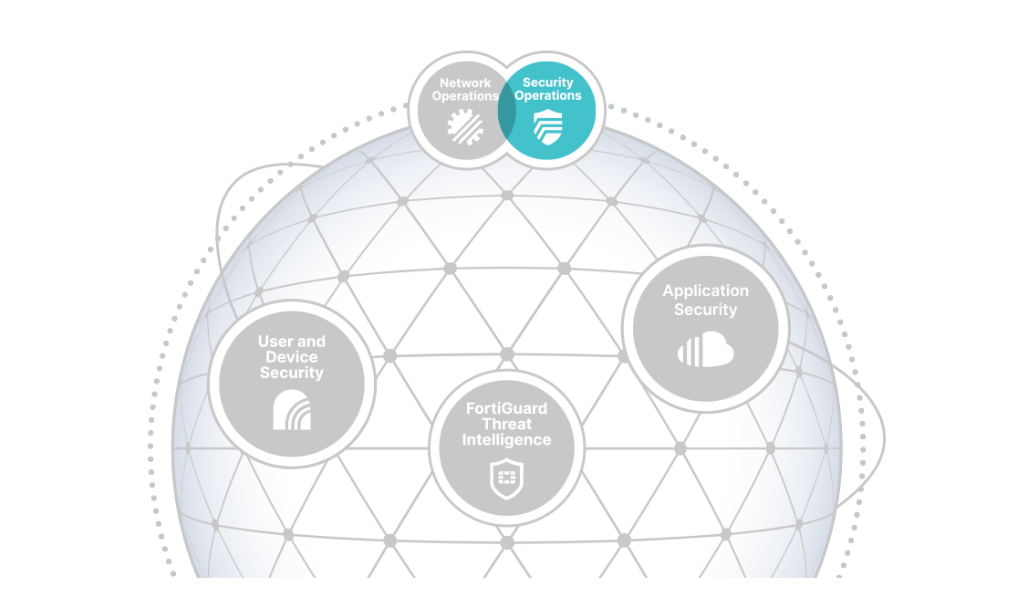In today’s digital age, cybersecurity threats are becoming increasingly sophisticated and difficult to detect. As a result, organizations are turning to artificial intelligence (AI) and machine learning (ML) to help them defend against these threats. In this article, we will explore the rise of AI-driven security and how machine learning is revolutionizing cyber defense.
Introduction
AI-driven security is a new approach to cybersecurity that uses machine learning algorithms to analyze vast amounts of data and detect patterns that could indicate a cyber attack. This approach is becoming increasingly popular among organizations of all sizes, as it allows them to detect and respond to threats in real-time, without the need for human intervention. As cyber threats evolve, traditional methods of defense are proving inadequate. The digital age demands solutions that can adapt and learn from the ever-changing landscape of cyber threats, making AI and machine learning indispensable tools in the cybersecurity arsenal.
The Benefits of AI-Driven Security

There are several benefits to using AI-driven security. One of the main benefits is that it allows organizations to detect threats in real-time, which can help to minimize the damage caused by a cyber attack. Additionally, AI-driven security can help organizations to identify patterns and trends that could indicate a potential attack, allowing them to take preventative measures before an attack occurs. Beyond these, AI-driven solutions can also automate routine tasks, freeing up human resources to focus on more complex challenges. Furthermore, as these systems learn and evolve, they can offer predictive insights, potentially forecasting vulnerabilities and suggesting preemptive solutions.
How Machine Learning is Revolutionizing Cyber Defense
Machine learning is a subset of AI that allows machines to learn from data and improve their performance over time. In the context of cybersecurity, machine learning algorithms can be trained on large datasets of cyber threats, allowing them to detect new threats and adapt to changing attack patterns. One of the main advantages of machine learning is that it can process vast amounts of data in real-time, allowing organizations to detect threats as they occur. As cyber attackers employ more sophisticated techniques, machine learning models can continually refine their detection methods, ensuring that defenses remain robust and up-to-date. This dynamic nature of machine learning makes it a formidable tool against cyber adversaries.

The Role of Human Intervention
While AI-driven security has many benefits, it is important to note that human intervention is still required in many cases. For example, while machine learning algorithms can detect patterns and trends in data, they may not be able to interpret the context of these patterns. As a result, human experts are still needed to analyze the data and determine whether or not a threat is real. Moreover, AI systems, no matter how advanced, lack the intuitive reasoning and ethical considerations that human experts bring to the table. These experts not only validate the findings of AI but also ensure that responses to threats are measured, appropriate, and ethical.
Challenges and Limitations
While AI-driven security has many benefits, there are also several challenges and limitations that must be considered. One of the main challenges is that machine learning algorithms require large amounts of data to be effective. Additionally, these algorithms can be vulnerable to attacks themselves, which could compromise their effectiveness. For instance, attackers can employ techniques like adversarial attacks to deceive machine learning models. Furthermore, there’s the challenge of ensuring that AI-driven security tools don’t produce a high number of false positives, which could overwhelm security teams and lead to complacency.
Future Directions
The future of AI-driven security looks promising, with many organizations investing in this technology to improve their cybersecurity defenses. However, there are still many challenges that must be addressed before this technology can reach its full potential. For example, more research is needed to develop more effective machine learning algorithms that can detect and respond to threats in real-time. As the digital landscape continues to expand, so will the potential attack vectors. This necessitates a proactive approach to AI-driven security, with a focus on continuous learning, adaptation, and collaboration between machines and humans.
Conclusion
AI-driven security is a new approach to cybersecurity that uses machine learning algorithms to detect and respond to threats in real-time. This technology has many benefits, including the ability to detect new threats and adapt to changing attack patterns. However, there are also several challenges and limitations that must be considered. As we move forward, the synergy between human expertise and AI-driven tools will be pivotal in shaping a secure digital future.
FAQs
AI-driven security is a new approach to cybersecurity that uses machine learning algorithms to analyze vast amounts of data and detect patterns that could indicate a cyber attack.
The benefits of AI-driven security include real-time threat detection, the ability to identify patterns and trends in data, and the ability to adapt to changing attack patterns.
Machine learning is a subset of AI that allows machines to learn from data and improve their performance over time.
The challenges and limitations of AI-driven security include the need for large amounts of data, vulnerability to attacks, and the need for human intervention in many cases.
The future of AI-driven security looks promising, with many organizations investing in this technology to improve their cybersecurity defenses. However, more research is needed to develop more effective machine learning algorithms.








